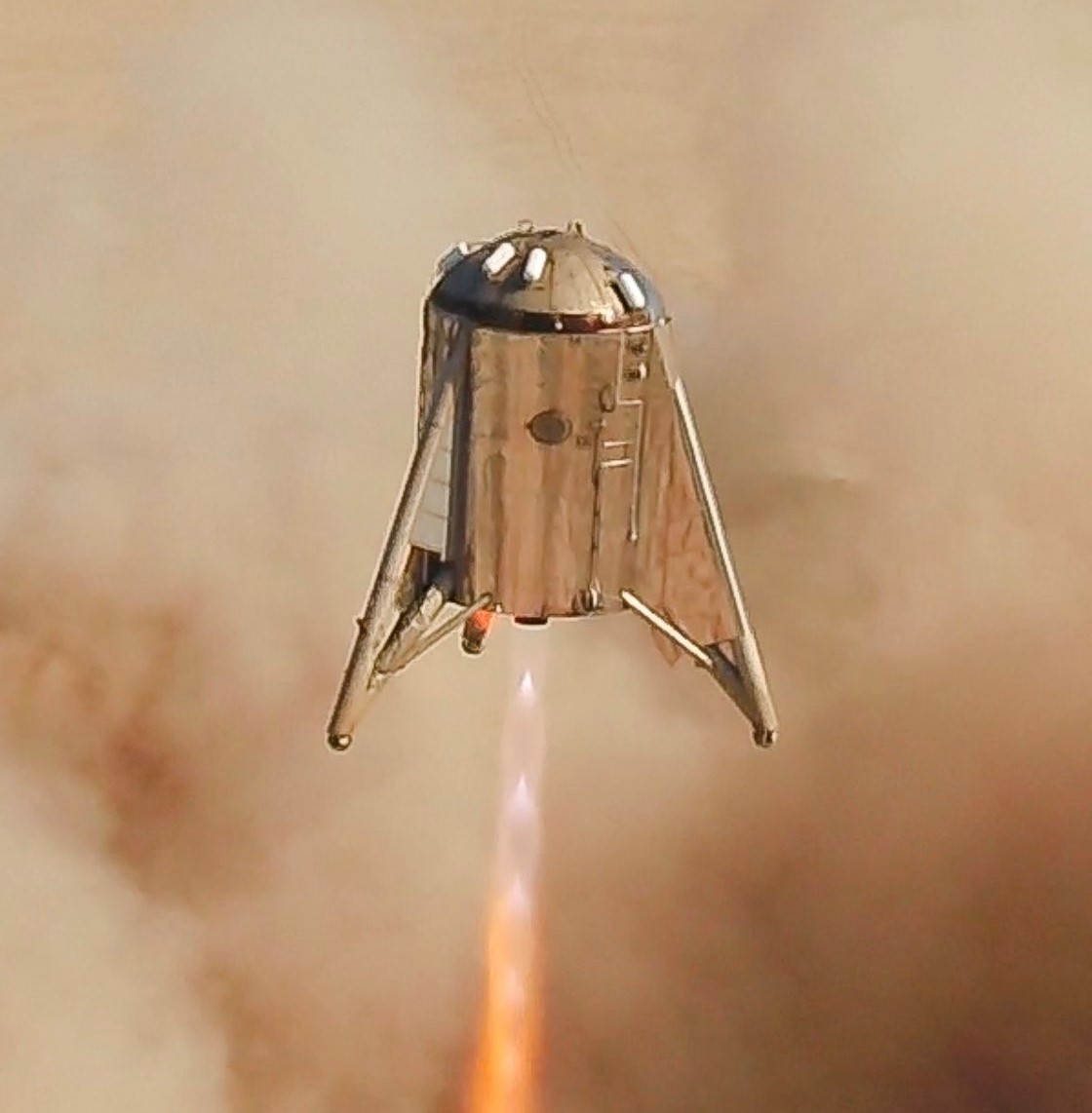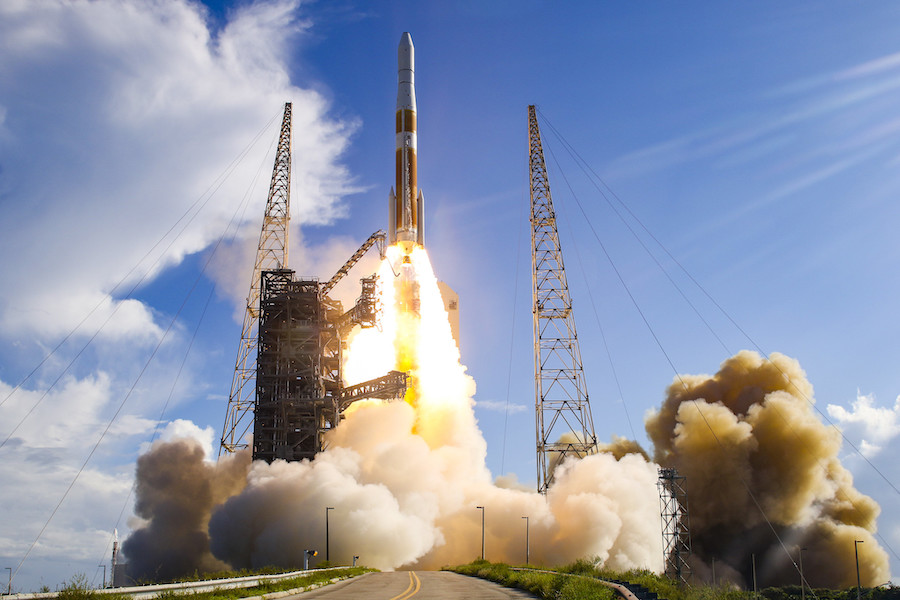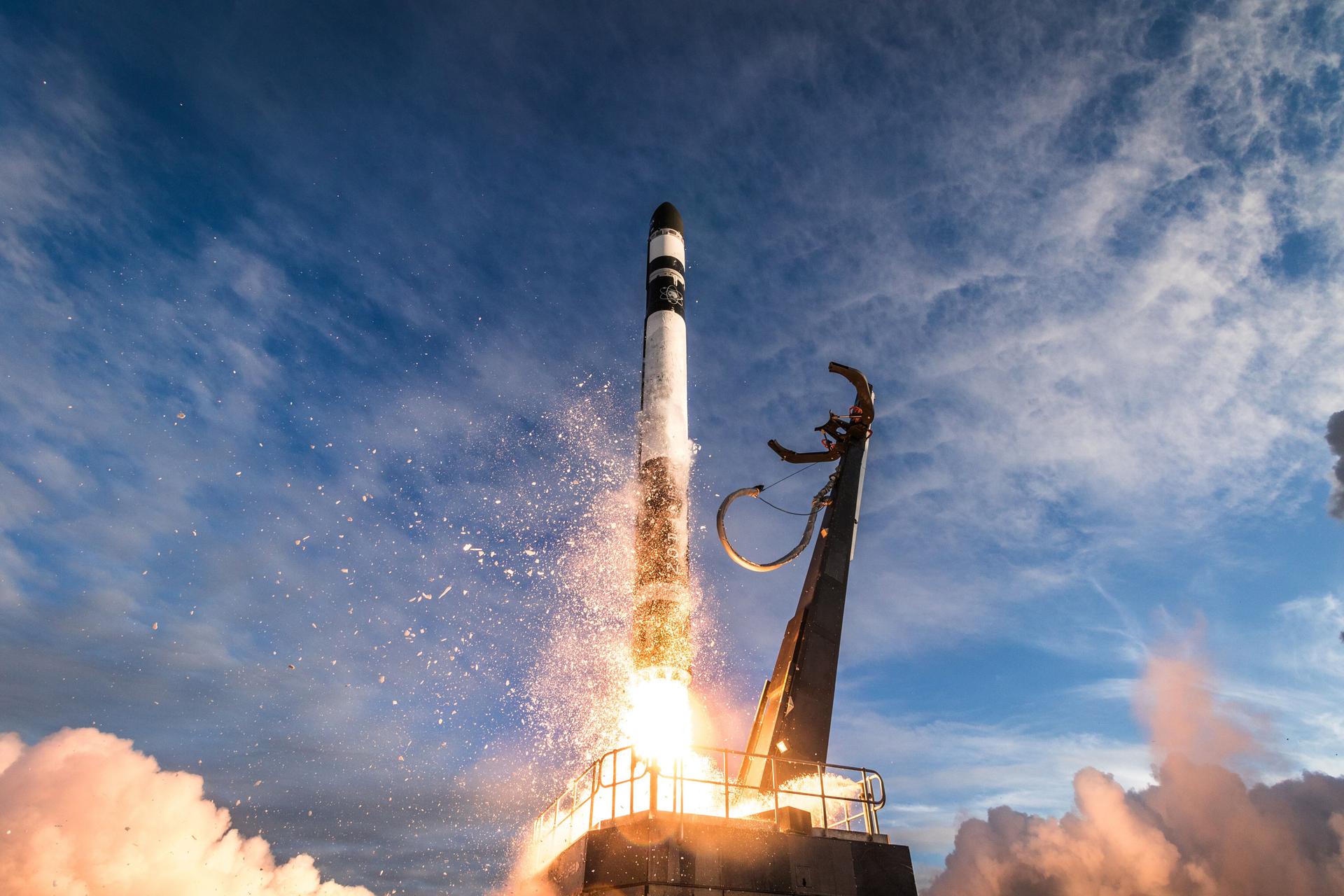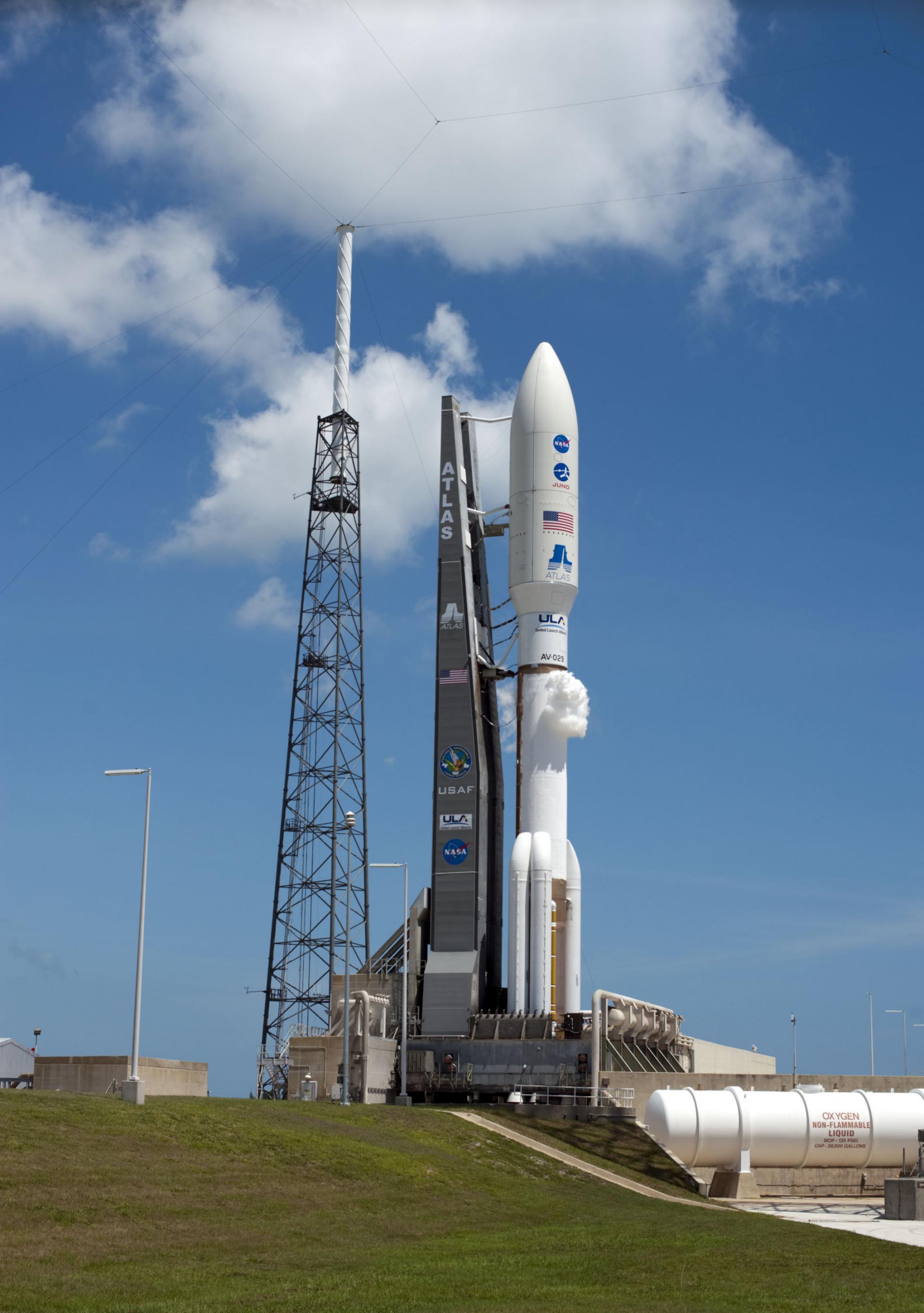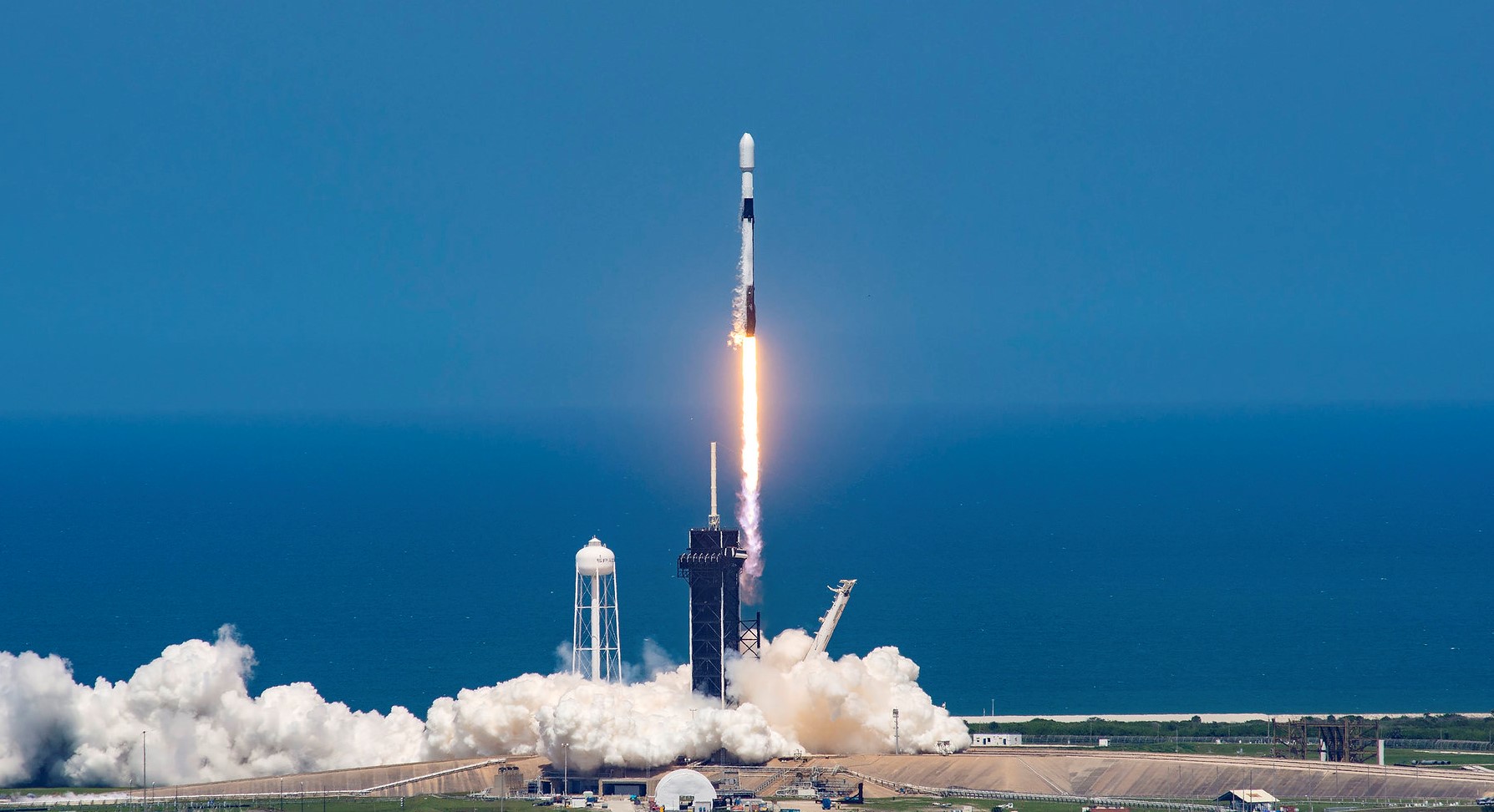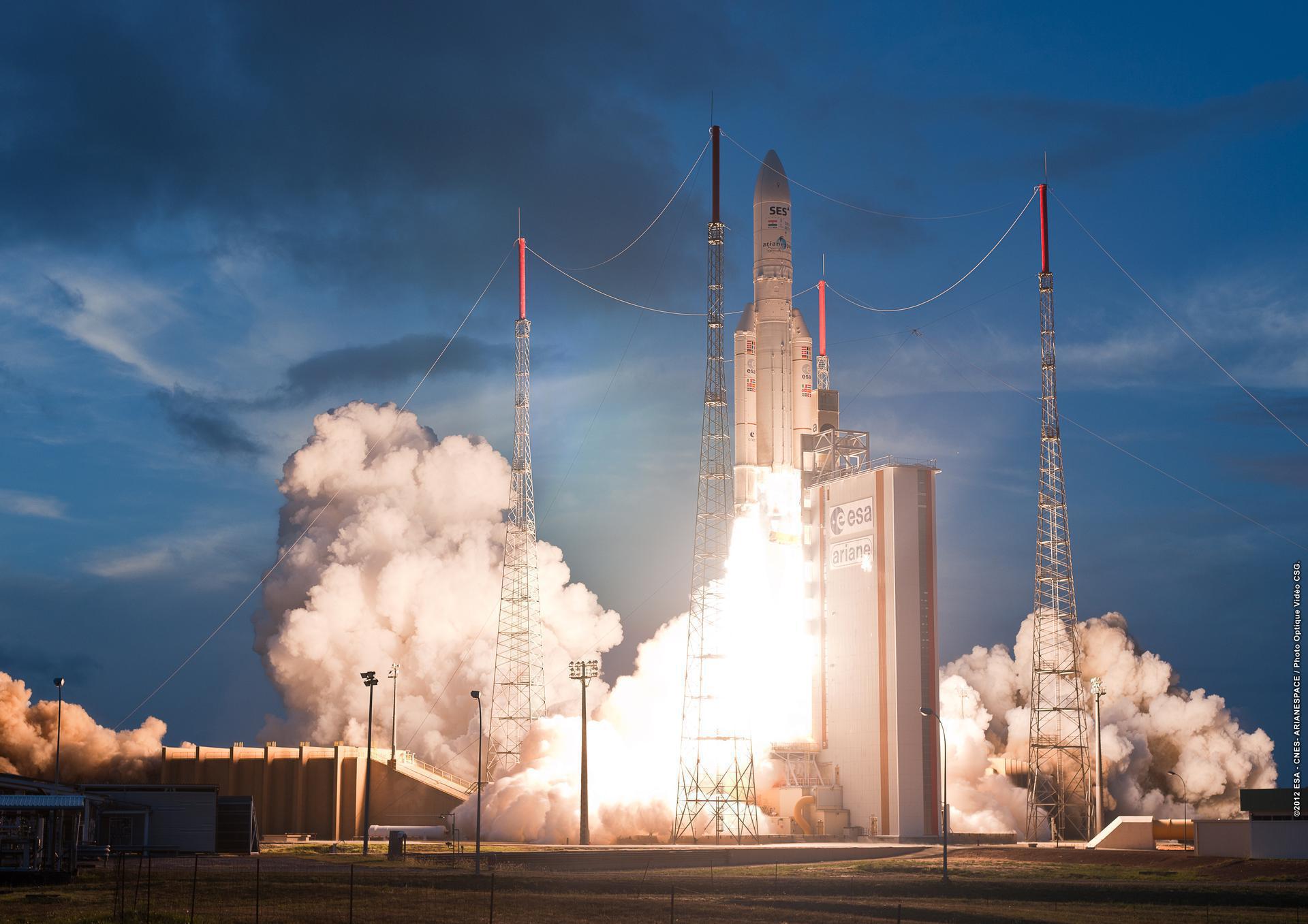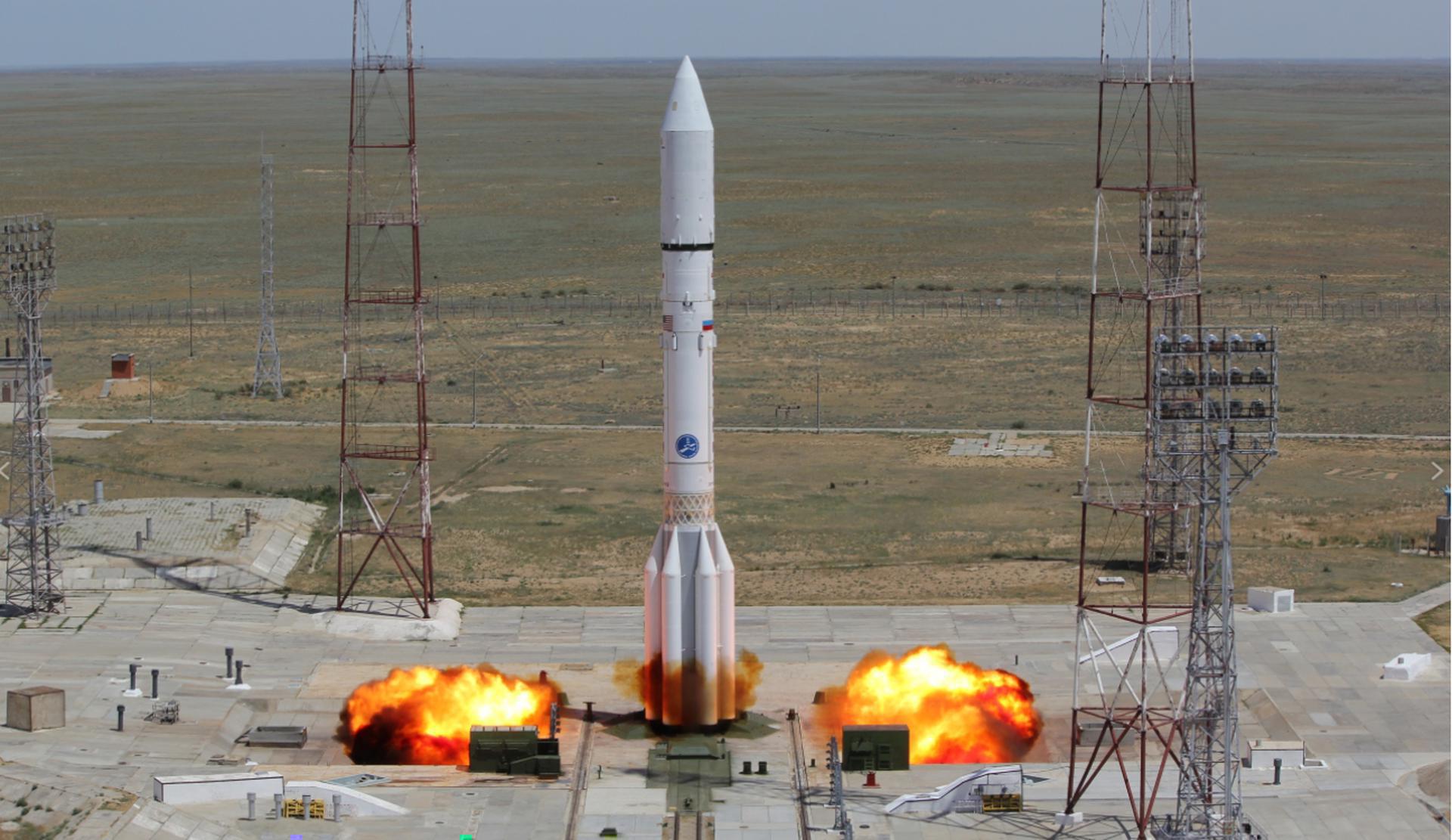Previous Spaceflight Launches
Filter by Agency, Locations or Vehicles
Show All LaunchesStarship Hopper | 150m Hop
SpaceX | United States of AmericaSpaceX Starbase, TX, USA
Aug. 27, 2019, 10:02 p.m.
Delta IV M+(4,2) | GPS III SV02
United Launch Alliance | United States of AmericaCape Canaveral SFS, FL, USA
Aug. 22, 2019, 1:06 p.m.
Soyuz 2.1a | Soyuz MS-14 Uncrewed
Progress Rocket Space Center | RussiaBaikonur Cosmodrome, Republic of Kazakhstan
Aug. 22, 2019, 3:38 a.m.
Status: Launch Successful
Mission:
Uncrewed Soyuz MS spacecraft to bring cargo to the space station. This demo flight tests a modified motion and navigation control system, as well as mating to Soyuz-2.1a rocket. The results will be used in development of an uncrewed cargo vehicle, based on Soyuz spacecraft.
Low Earth OrbitElectron | Look Ma, No Hands (Rideshare)
Rocket Lab | United States of AmericaRocket Lab Launch Complex 1, Mahia Peninsula, New Zealand
Aug. 19, 2019, 12:12 p.m.
Long March 3B/E | Zhongxing-18 (Chinasat-18)
China Aerospace Science and Technology Corporation | ChinaXichang Satellite Launch Center, People's Republic of China
Aug. 19, 2019, 12:03 p.m.
Status: Launch Successful
Mission:
Zhongxing-18 (Chinasat-18) is a Chinese communications satellite based upon a DFH-4E bus. The Chinasat-18 provides Ku commercial communications services with 30 Ku-band transponders, Ka broadband communication services with 14 Ka-band MSS spot user beams and exploring Ka-band broadcasting services with 2 Ka BSS-band transponders within the service coverage areas.
Geostationary Transfer OrbitSmart Dragon 1 | Maiden Flight
China Rocket Co. Ltd. | ChinaJiuquan Satellite Launch Center, People's Republic of China
Aug. 17, 2019, 4:11 a.m.
Atlas V 551 | AEHF-5 (USA 292)
United Launch Alliance | United States of AmericaCape Canaveral SFS, FL, USA
Aug. 8, 2019, 10:13 a.m.
Status: Launch Successful
Mission:
This is the fifth satellite in the Advanced Extremely High Frequency (AEHF) system, which is a series of communications satellites operated by the United States Air Force Space Command. It provides global, survivable, protected communications capabilities for strategic command and tactical warfighters operating on ground, sea and air platforms.
Geostationary Transfer Orbit #AEHF5Falcon 9 Block 5 | Amos-17
SpaceX | United States of AmericaCape Canaveral SFS, FL, USA
Aug. 6, 2019, 11:23 p.m.
Status: Launch Successful
Mission:
Amos-17 is a multi-band high-throughput satellite which will operate from 17°E, offering Ka-band, Ku-band, and C-Band services to users in Africa, the Middle East and Europe.
Geostationary Transfer Orbit #AMOS17 B1047 - Flight Proven ( ) Atlantic OceanAriane 5 ECA+ | Intelsat 39 & EDRS-C/HYLAS 3
ArianeGroup | FranceGuiana Space Centre, French Guiana
Aug. 6, 2019, 7:30 p.m.
Status: Launch Successful
Mission:
EDRS-C is one of the two EDRS (European Data Relay System) satellites. EDRS is the European constellation of two geostationary data relay satellites that will relay information and data between satellites, spacecraft, unmanned aerial vehicles, and ground stations. Broadband communications payload called HYLAS 3 is placed on EDRS-C satellite, and is to complement HYLAS 1 and HYLAS 2 satellites already in orbit.
Geostationary Transfer OrbitProton-M/Briz-M | Blagovest No.14L (Kosmos 2539)
Khrunichev State Research and Production Space Center | RussiaBaikonur Cosmodrome, Republic of Kazakhstan
Aug. 5, 2019, 9:56 p.m.
